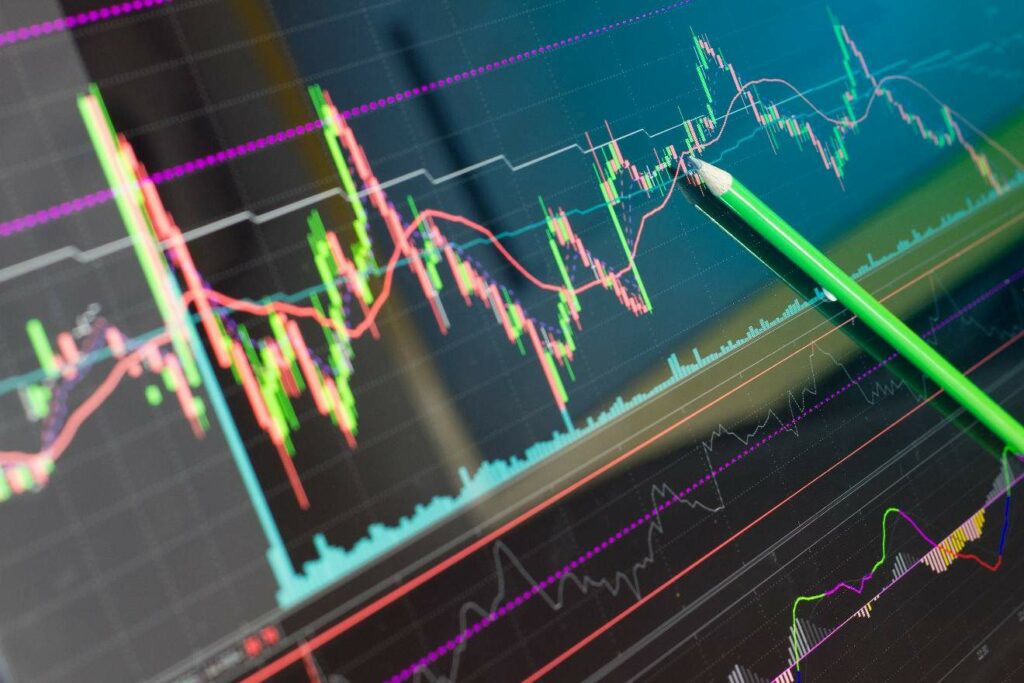Forex dealing has become very popular among traders looking for profitable ways to take advantage of market changes and make a lot of money. Dealing with the foreign exchange market can take a lot of work, especially for people new to selling. Overbought and oversold situations are one of the most critical ideas that traders must understand. In this insightful talk explain what “overbought” and “oversold” mean in forex trading. Here also talks about the innovative strategies that good traders use to take advantage of these situations and make much money from their trading efforts.
What Is Meant by the Terms “Overbought” and “Oversold”?
When it comes to forex dealing, the terms “overbought” and “oversold” are very important because they describe the current state of the market. These words, “overbought” and “oversold,” refer to situations where the current price has reached too high or too low. When the price of a currency pair comes to its highest point, it is said to have overbought or depressed conditions.
When a currency pair is said to be “overbought,” market players have shown a strong desire to buy the currency in large amounts, which drives up its price. This often happens when traders are too optimistic about the future of particular money, which drives up demand for that currency. When a currency’s exchange rate goes to a high level, it is said to be “overbought.”
Oversold situations are a thing that happens in the world of forex trade. This occurs when many people want to sell a particular currency pair on the market, which causes its value to drop significantly. This often happens when sellers are too pessimistic about the future of a specific currency, which makes fewer people want to buy it. When a currency’s exchange rate goes to a high level, it is said to be “oversold.”
Comprehending the Situations of Being Overbought and Oversold
Understanding overbought and oversold situations is very important in forex trading because they give buyers important information about how the market moves. When a currency pair shows signs of being bought or sold too much, it could mean that the current price trend is about to change. This observation is based on the fact that when the market is very unpredictable, it usually means that the currency’s value has hit levels that are not sustainable in the long run. So, the market will likely move opposite to fix itself.
Forex traders can use high and oversold situations as valuable tools to figure out when they might want to enter or leave the market. If a currency pair shows signs of being overbought, an experienced forex trader might think about opening a sell position on that currency or be patient and wait for a pullback before thinking about opening a buy position. On the other hand, if a currency pair shows signs of having been sold too much, an experienced forex trader might think about buying that currency or wait until a comeback happens before making a sale.
Indicators for Identifying Overbought and Oversold Situations
Traders can use various signs to determine whether a currency pair is overbought or oversold on the fx market. There are many ways to trade forex, but only a few have become very famous among traders and buyers.
- The Relative Strength Index (RSI) is a robust momentum measure that shows how strong a coin’s price movement is. The indicator ranges from 0 to 100, with values above 70 indicating that the market is overbought and values below 30 indicating that the market is oversold.
- The Stochastic Oscillator is a motion indicator often used to determine how stable a currency’s price movement is. The forex market has a number range that goes from 0 to 100. Values above 80 indicate that the market is “overbought,” while values below 20 indicate that the market is “oversold.”
- Moving Average Convergence Divergence (MACD) is a well-known tool used in the fx market for fundamental analysis. It can find and follow trends by figuring out the difference between two moving averages. In forex trading, it’s essential to remember that when the Moving Average Convergence Divergence (MACD) line rises above the signal line smoothly, it tends to show that a positive trend may be starting. On the other hand, when the MACD line gracefully falls below the warning line, it could mean that a bearish trend is beginning to form. Using the Moving Average Convergence Divergence (MACD) indicator, intelligent traders can determine if the market is overvalued or oversold by carefully looking at divergences between the MACD line and the current currency price.
Conclusion
Forex players need to know about overbought and oversold situations more than anything else. These market situations have a lot of informational value, so smart traders can use them to pinpoint good times to buy and sell. When dealing with forex, smart traders use a variety of technical signs to figure out how the market is doing. The three most important indicators are the Relative Strength Index (RSI), the stochastic oscillator, and the Moving Average Convergence Divergence (MACD). By using these tools wisely, traders can determine when the market is high or oversold. By understanding these basic rules and using technical indicators well, intelligent traders can improve their trading skills and make it more likely that they will make money in the constantly changing world of the forex market.


